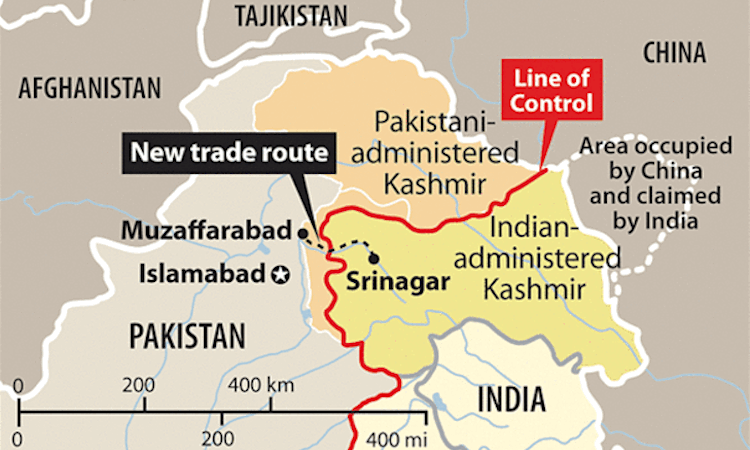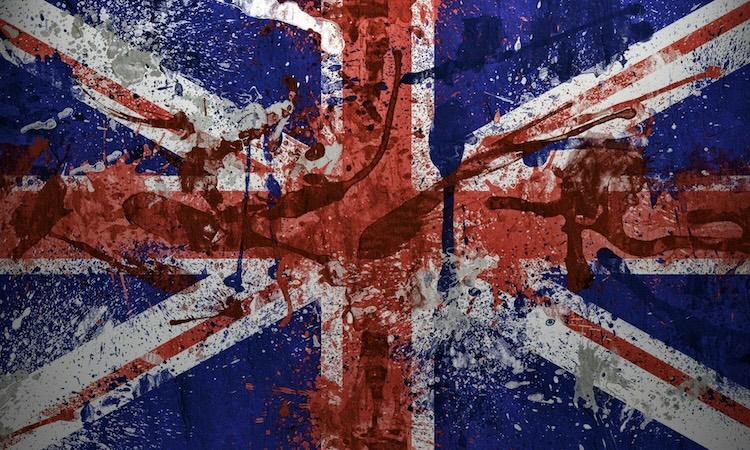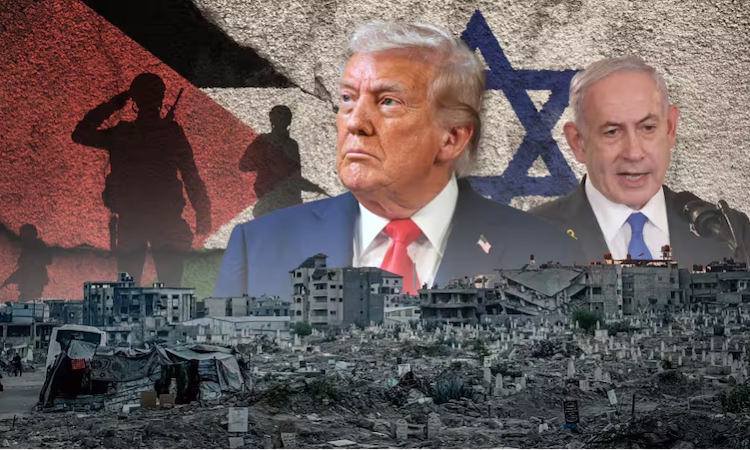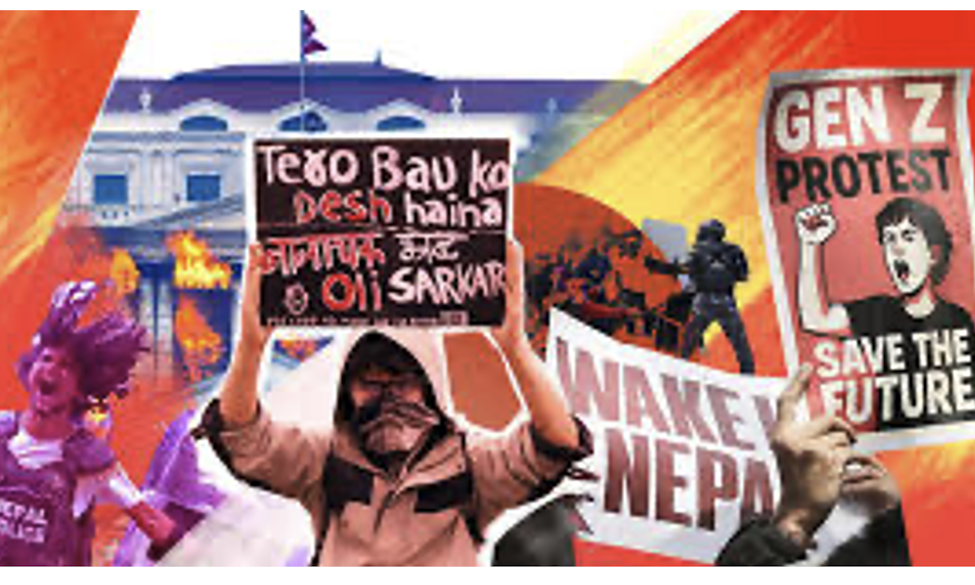The seven-phase multi-week election in India ended on 2 June. Of the one billion people registered to vote, 642 million actually did so. From the relatively small states like Uttarakhand to the huge provinces such as UP (Uttar Pradesh – which has more registered voters than the entire population of Pakistan), all participated in this electoral exercise.
Stunning shock to the BJP
The results were declared on 4 June and came as a stunning shock to the BJP (Bharatiya Janata party) and its supporters among the business elite, the media, and the communal fundamentalist portion of the hindu population.
Not only the muslims, who had been the target over a ten-year period of the BJP’s poisonous polarising agenda, but also the dalits (low-caste or outcast hindus) and the farmers, deserted the BJP in droves. In the province of UP, its strongest base, the BJP lost badly.
Even in the constituency that includes Ayodhya, from where prime minister Narendra Modi had, having consecrated the Ram Mandir (a new hindu temple said to be cited on the birthplace of the god Rama), launched his election campaign, the BJP suffered a humiliating defeat.
(Note that the new complex is being constructed on the site of a medieval mosque that was destroyed a few years ago by a mob of hindu zealots that had been roused to frenzy by the BJP and its parent organisation, the hindu supremacist RSS.)
Collapse of the BJP narrative
The election had been preceded by a narrative, spread far and wide by a compliant media, that the BJP-led alliance (National Democratic Alliance) was headed for victory in at least 400 constituencies of the 543 represented in parliament.
In the event, the BJP lost its majority, winning only 240 seats in the Lok Sabha (the lower house of India’s parliament), 63 less than the 303 it won in 2019. This gave the alliance a total of 293 members of parliament, although Modi had predicted that the BJP alone would win 370 seats.
Opposition performance
The opposition Congress party-led INDIA bloc, which had been written off by Modi, the business establishment and the servile media as a mere irrelevant nuisance, surprised the establishment by winning 243 seats. As a result, even to form a government Modi is very much reliant on smaller parties in the NDA bloc, especially two regional parties – the Tegu Desan, which took 16 seats in Andhra Pradesh, and the Janata Dal (United), which won 12 seats in Bihar.
If these two parties were to jump ship, not that unlikely considering the past record of the Andhra Pradesh leader, Chandrababu Naidh, and of Nitish Kumar, the leader of Bihar’s Janata Dal (United), both of them being up for sale to the highest bidder, it will be curtains for Modi’s ambition to lead India for a third term.
The ‘India’ bloc for its part will do its utmost to lure those two regional leaders into its fold by offering lucrative perches in the government it will be endeavouring to form.
Congress, which had been portrayed as being dead, did rather well, doubling its tally of 52 seats in the last parliament.
All in all, the efforts to achieve domination made by the BJP and its leader Modi, who strode across the Indian political scene like a colossus, appear to be over. India is returning to coalition politics and horse trading.
Maturing of the electorate
Backward it may be in many respects, but the Indian electorate has shown considerable maturity by denying the BJP an absolute majority and cutting its bloc down to size, thus putting paid to BJP’s ambitions to change the constitution and railroad legislation through parliament in the absence of an effective opposition.
It is clear that the average voter was not deceived by BJP’s poisonous Hindutva (hindu supremacism) agenda, or by its much-trumpeted growth in GDP. Neither the Ram Mandir nor the GDP statistics feed the people, who need employment and the reduction of poverty.
It was clear to the ordinary person that he was sinking deeper and deeper into poverty, while a few dozen business houses, especially those closely connected to the prime minister – the Ambanis and Adanis – were amassing fabulous wealth by the day.
Failure of intimidation
All efforts on the part of the BJP to suppress the opposition by resorting to such measures as imprisoning opposition leaders, closing the bank accounts of the Congress party and intimidating the media into portraying the opposition in negative terms and the BJP in bright colours, failed in the end in the face of the ordinary voters.
Millions of people could not be expected to forgive and forget, nor did the horrible treatment that they had received at the hands of their employers and the government during the Covid pandemic, when they suddenly lost their jobs and were forced to walk hundreds of miles home to their villages, harassed by the police on the way, penniless and hungry. All this took place while the corrupt media were lauding Modi’s handling of the crisis to the skies.
Stock market plunge
Such was the shock of the election result the Nifty 50, comprising India’s top stocks, suffered a 5.9 percent drop, and the BSE Sensex benchmark experienced a similar fall. The Adani group’s shares plunged by 2.9 percent.
To conclude, the BJP’s coalition partners will demand their pound of flesh and get it, failing which they will threaten to jump ship. Sad to have to admit it, but it would be a sin to hide the truth – ie, that politics and politicians in this, allegedly the world’s ‘largest democracy’, are thoroughly corrupt and, in a strange sort of way, exercise a certain amount of restraint over a government otherwise inclined to ride roughshod over the masses of the Indian people.
In the end, the only solution is to put an end to this entire thoroughly corrupt and exploitative system through a people’s democratic revolution, and kick this whole racket into the dustbin of history.














